[Newsbits] 16-17.02.2024: Kotravai Sculpture, E-Jagriti Portal & More

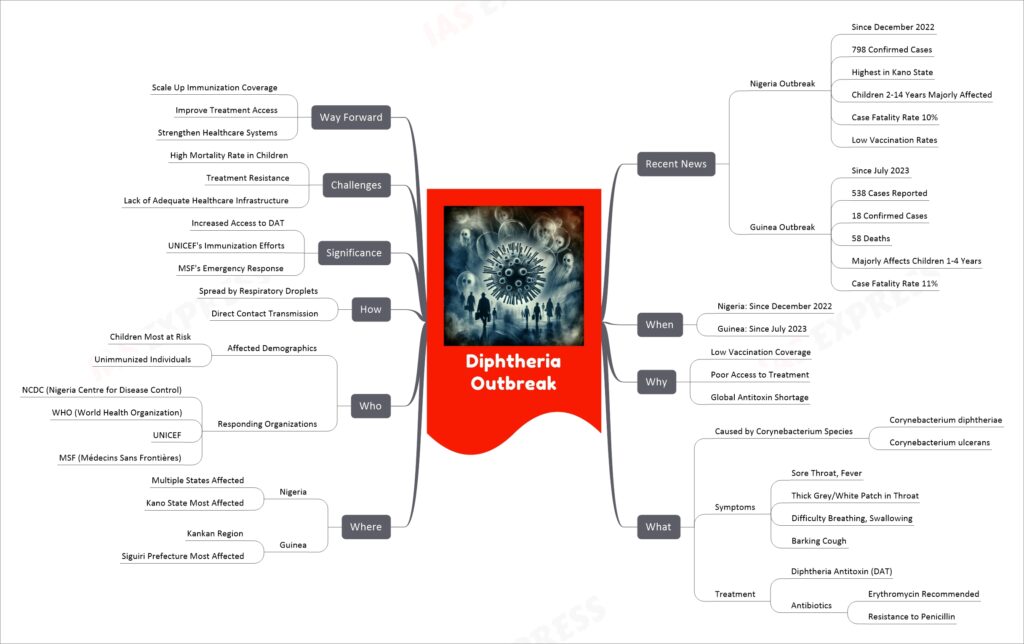
Diphtheria is a highly contagious bacterial disease, primarily caused by Corynebacterium diphtheriae, and marked by symptoms like sore throat, fever, and a thick grey or white patch in the throat. Recent outbreaks in Nigeria and Guinea have highlighted the challenges posed by this disease, particularly in regions with low vaccination rates and inadequate healthcare infrastructure. Efforts by organizations like the WHO, UNICEF, and MSF are crucial in controlling these outbreaks and reducing the disease’s impact, especially among children who are most at risk.
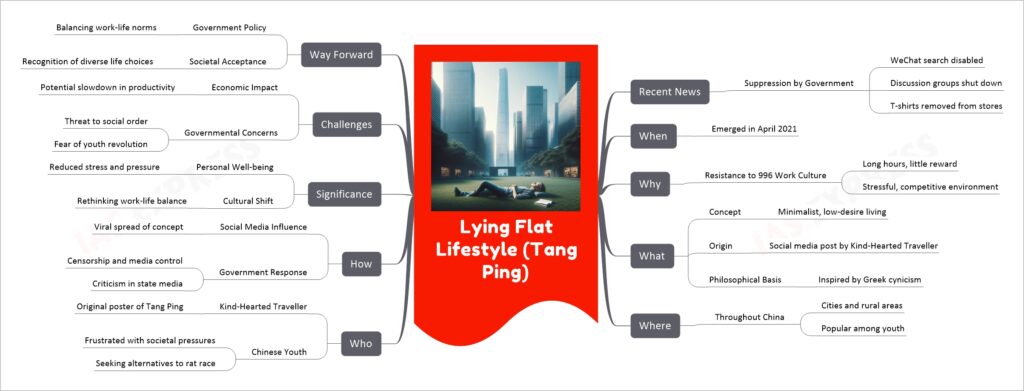
The “Lying Flat” lifestyle, or “Tang Ping,” in China is a social phenomenon that emerged as a response to the grueling “996” work culture (9 am to 9 pm, 6 days a week). It advocates for a minimalist and low-desire way of life, rejecting the relentless pursuit of material success and societal pressures. Originating from a viral post by a user named Kind-Hearted Traveller, it has since resonated with many young Chinese people. This movement, while providing personal relief and proposing a reevaluation of work-life balance, has been met with government suppression due to fears of its impact on productivity and social order. Tang Ping reflects a deeper cultural and philosophical shift among Chinese youth, grappling with the challenges of modern life in a rapidly changing society.
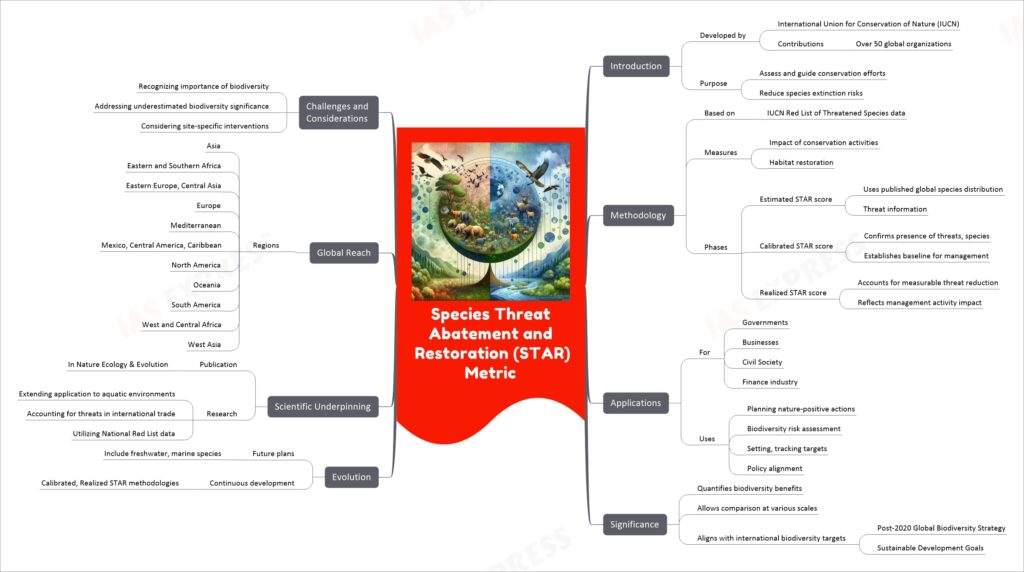
The Species Threat Abatement and Restoration (STAR) metric, developed by the International Union for Conservation of Nature (IUCN) with contributions from over 50 global organizations, is a pioneering tool designed to assess and guide efforts in conserving biodiversity and reducing species extinction risks. Utilizing data from the IUCN Red List of Threatened Species, the STAR metric measures the impact of conservation activities and habitat restoration in specific areas. It operates in three phases: estimating, calibrating, and realizing STAR scores, which correspond to initial assessments, confirmation of threats and species, and the impact of management activities, respectively. This metric is crucial for governments, businesses, and other stakeholders in planning nature-positive actions, assessing biodiversity risks, and aligning with international biodiversity targets. With continuous development and future plans to include aquatic environments, the STAR metric represents a significant step forward in quantifying and comparing the benefits of different conservation actions on a global scale.
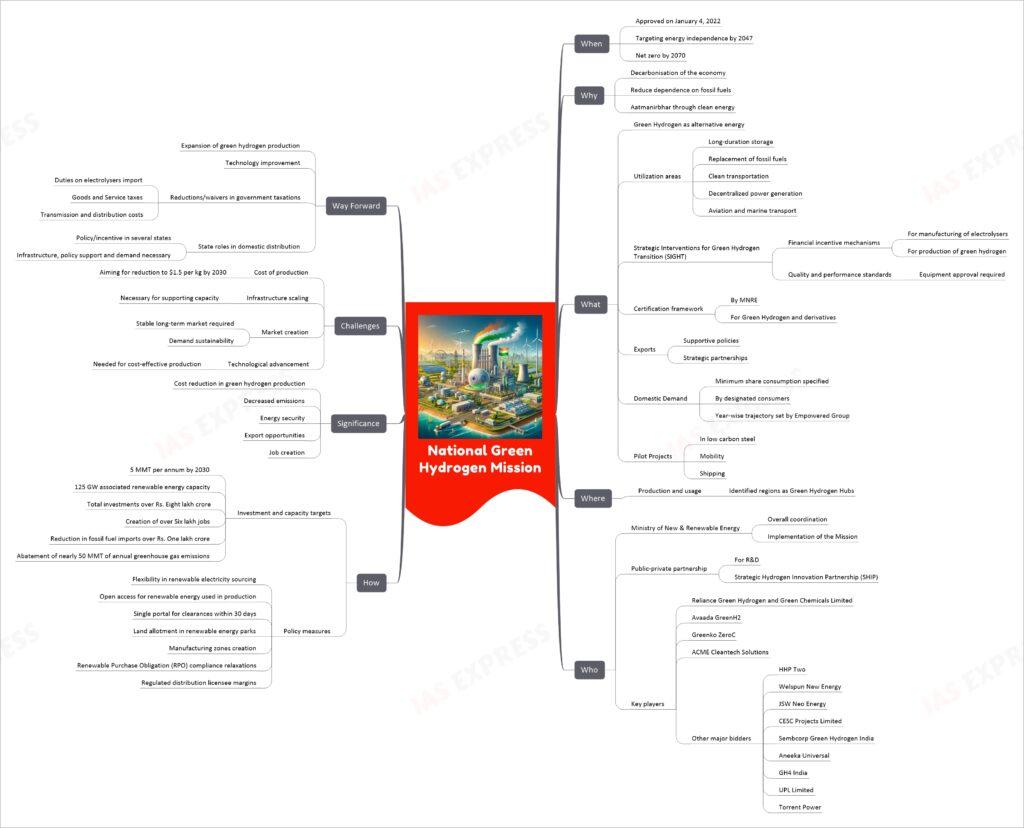
India’s Green Hydrogen Mission, approved on January 4, 2022, is a pivotal initiative towards achieving energy independence by 2047 and net zero by 2070. Its overarching objective is to make India a global hub for the production, usage, and export of Green Hydrogen and its derivatives. This mission includes strategic interventions like financial incentives for manufacturing electrolysers and producing green hydrogen, a certification framework for green hydrogen, and the development of Green Hydrogen Hubs. Key players in this mission include major energy and industrial companies like Reliance Green Hydrogen and Green Chemicals Limited, Avaada GreenH2, and Greenko ZeroC.
The mission aims to develop a green hydrogen production capacity of at least 5 Million Metric Tonnes (MMT) per annum by 2030, with an associated renewable energy capacity of about 125 gigawatts. This ambitious target is expected to attract significant investments, create jobs, reduce fossil fuel imports, and decrease greenhouse gas emissions. The mission also outlines policies for more flexible sourcing of renewable electricity, land allotment for green hydrogen projects, and manufacturing zones creation, aiming to reduce the production cost and scale up infrastructure.
However, the mission faces challenges in cost reduction, infrastructure scaling, market creation, and technological advancement. The way forward includes expanding green hydrogen production, improving technology, and implementing reductions or waivers in government taxation policies. Several Indian states are also playing a role in domestic distribution with their policies and incentives for green hydrogen.
In summary, India’s Green Hydrogen Mission represents a significant step towards a sustainable and self-reliant energy future, focusing on green hydrogen as a key element in the country’s energy transition strategy.
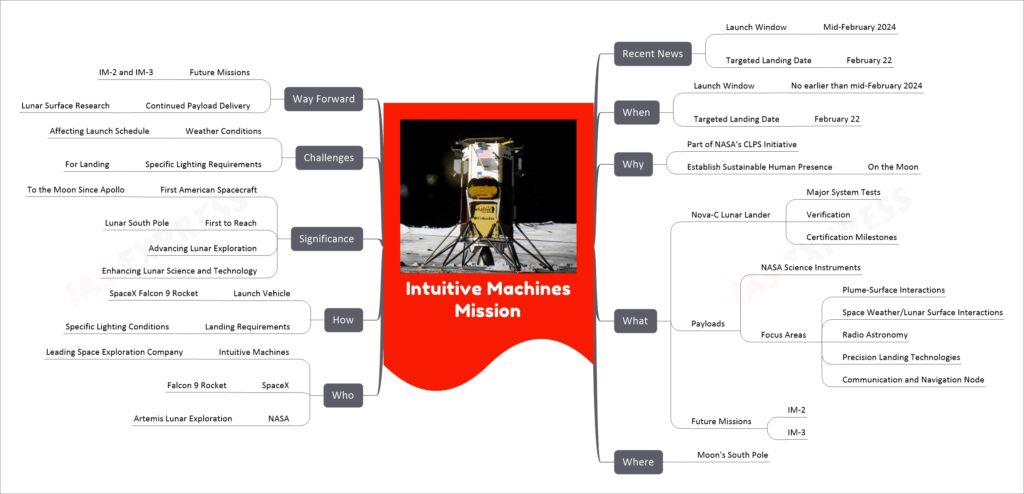
Intuitive Machines (IM) is set to embark on a pioneering lunar mission, known as IM-1, under NASA’s Commercial Lunar Payload Services (CLPS) initiative. Slated for launch no earlier than mid-February 2024, the mission targets a landing on the Moon’s south pole on February 22. Utilizing SpaceX’s Falcon 9 rocket, the Nova-C lunar lander will carry vital NASA science instruments to study various lunar aspects, including plume-surface interactions and space weather. This mission marks a significant milestone as it aims to establish a sustainable human presence on the Moon and revive American lunar exploration, laying groundwork for future missions IM-2 and IM-3.
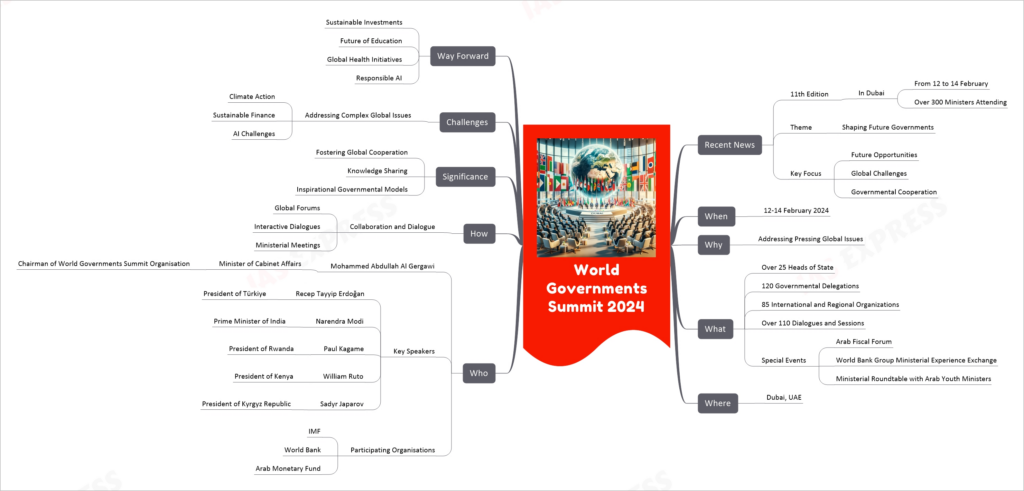
The World Governments Summit 2024, scheduled for February 12-14 in Dubai, is an influential global event focusing on the theme “Shaping Future Governments.” It aims to address critical global issues and promote cooperation among governments. Key figures like Mohammed Abdullah Al Gergawi, President Erdoğan of Türkiye, Prime Minister Narendra Modi of India, and other notable leaders will participate. The summit will host over 25 heads of state, 300 ministers, and delegates from 120 governments and 85 international and regional organizations. The agenda includes over 110 dialogues and sessions on various themes like AI, sustainable finance, and global health. This summit is significant for fostering global cooperation, sharing knowledge, and showcasing inspiring governmental models while tackling complex global issues like climate action and AI challenges. The way forward includes focusing on sustainable investments, the future of education, global health initiatives, and responsible AI.
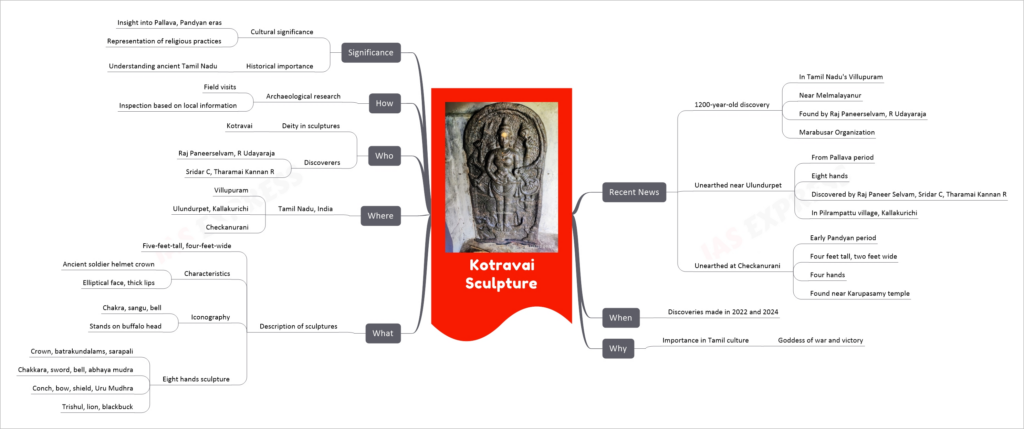
The Kotravai sculptures, dating back to the Pallava and early Pandyan periods, were discovered in various locations across Tamil Nadu, India. These significant archaeological finds, about 1200 years old, represent the goddess of war and victory in Tamil culture. The sculptures vary in size and features but commonly exhibit intricate craftsmanship and symbolic details like the ancient soldier helmet crown, elliptical face, thick lips, and various traditional ornaments. These discoveries by Raj Paneerselvam, R Udayaraja, and others offer profound insights into the religious practices and cultural heritage of ancient Tamil Nadu.
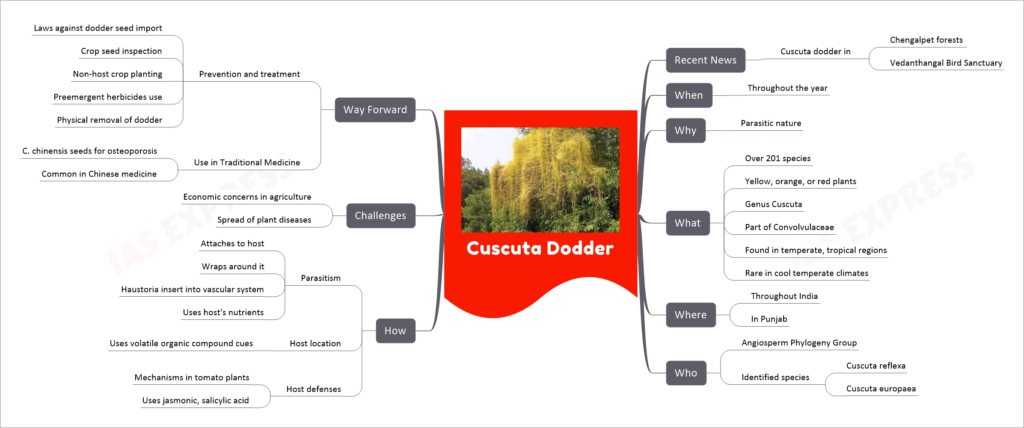
Cuscuta, commonly known as dodder or amarbel in India, is a genus of parasitic plants with over 201 species, mostly found in temperate and tropical regions, including Punjab, India. They are known for their parasitic nature, attaching to and wrapping around host plants to extract nutrients. The dodder’s significant impact lies in its economic threat to agriculture and its ability to spread plant diseases. Efforts to manage dodder infestations include legal restrictions on seed import, inspection of crop seeds, and agricultural practices like planting non-host crops and using preemergent herbicides. Interestingly, some species like C. chinensis are used in traditional Chinese medicine, notably for treating osteoporosis.
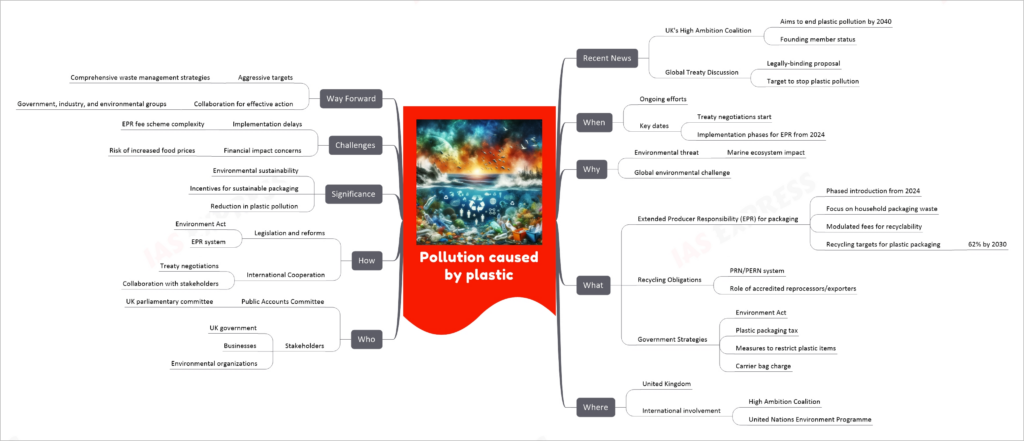
The report by the Public Accounts Committee on “Pollution caused by plastic” focuses on the UK’s efforts to combat plastic pollution. It highlights the current challenges in managing plastic waste, the steps being taken, such as the introduction of Extended Producer Responsibility for packaging, and the country’s participation in international efforts to address this global issue. The report emphasizes the need for comprehensive strategies, including stricter recycling targets and incentives for sustainable packaging, to effectively reduce plastic pollution and its environmental impact.
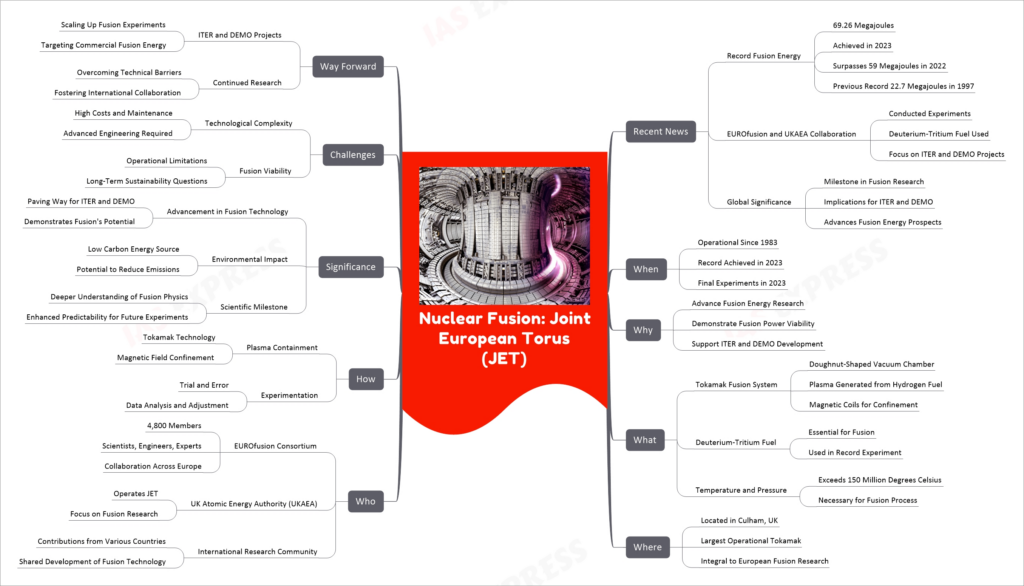
The Joint European Torus (JET) is a pivotal project in the field of nuclear fusion energy, particularly in its application for power generation. Recently, JET achieved a significant milestone by setting a new world record in fusion energy output, producing 69.26 megajoules of heat during a single pulse. This record, achieved in 2023, surpassed the previous records set in 2022 and 1997. The JET project, a collaboration between the EUROfusion consortium and the UK Atomic Energy Authority (UKAEA), is the largest and most powerful operational tokamak fusion system in the world. It operates by creating a plasma from hydrogen fuel within a doughnut-shaped vacuum chamber, using extreme heat and pressure. This plasma is then confined and controlled by magnetic fields.
JET’s recent achievements are a significant step forward in the development of fusion energy, demonstrating the viability and potential of fusion power. This progress is crucial for the ITER project and the future DEMO power plant, both of which aim to demonstrate the scientific and technical feasibility of fusion energy on a larger scale. JET’s work in advancing fusion technology, understanding fusion physics, and developing operational scenarios is essential for the future of low-carbon energy sources and tackling the global energy crisis.
However, the development of fusion energy faces several challenges, including the technological complexity of fusion systems, high costs, and questions about long-term sustainability. The way forward involves scaling up fusion experiments through projects like ITER and DEMO, overcoming technical barriers, and fostering international collaboration in fusion research.
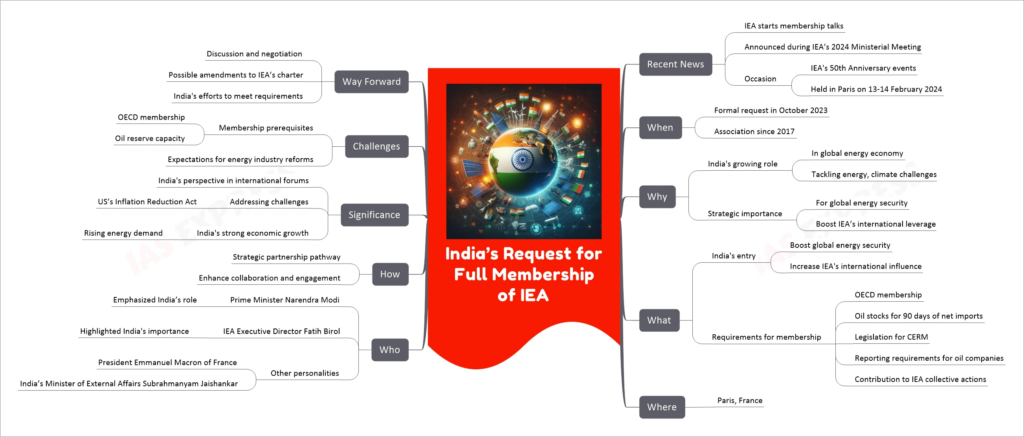
India’s request for full membership in the International Energy Agency (IEA) represents a significant stride in global energy governance. Initiated in October 2023, this move comes after India’s association with the IEA since 2017. India’s evolving role in the global energy economy and the strategic importance of its inclusion are central to this development. Full membership in the IEA would not only enhance global energy security but also amplify the IEA’s international influence, especially in its interactions with the Organization of Petroleum Exporting Countries (OPEC). India’s robust economic growth and escalating energy demand make its participation increasingly vital. However, challenges remain, including meeting the IEA’s membership criteria like OECD membership and maintaining sufficient oil reserves. The way forward involves ongoing discussions and potential adjustments to the IEA’s framework to accommodate India’s unique position.
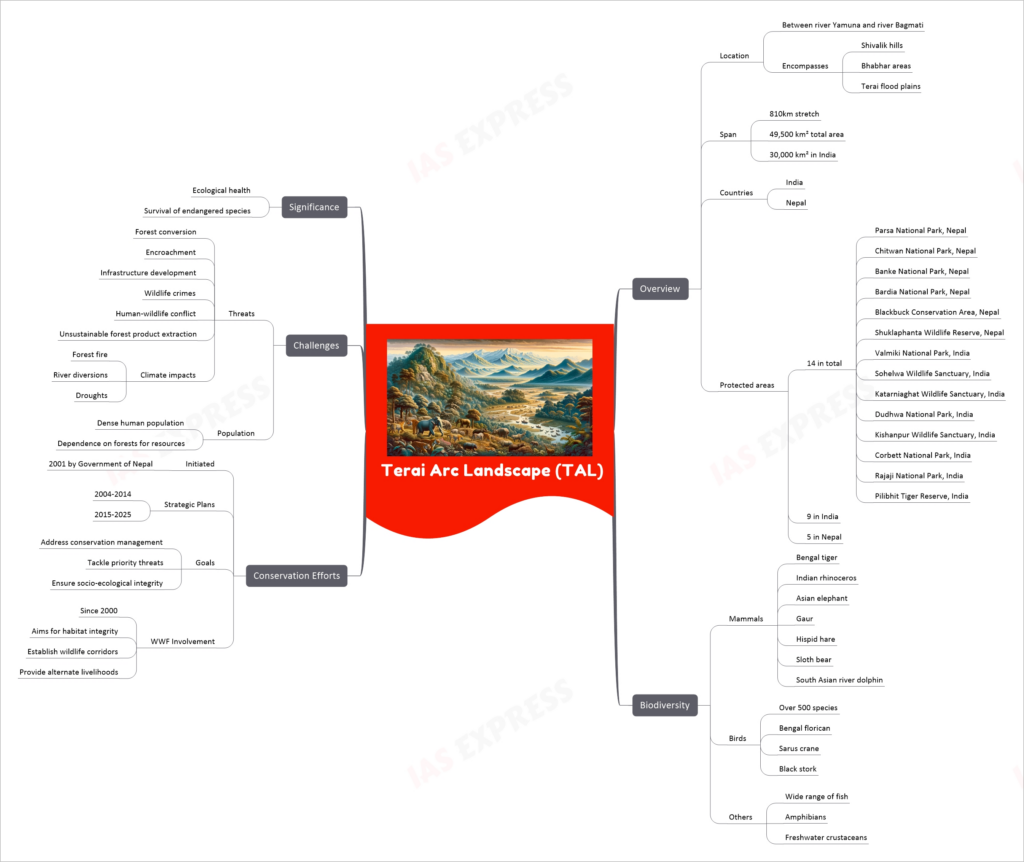
The Terai Arc Landscape (TAL), stretching between the Yamuna and Bagmati rivers, encompasses various protected areas across India and Nepal. It is a hotspot for biodiversity, including mammals like the Bengal tiger and the Indian rhinoceros, and over 500 bird species. Conservation efforts have been ongoing since 2001, with strategic plans addressing threats and aiming for socio-ecological integrity. The region faces several challenges, including forest conversion and climate impacts. The survival of endangered species and the ecological health of the area underline the importance of these conservation efforts.
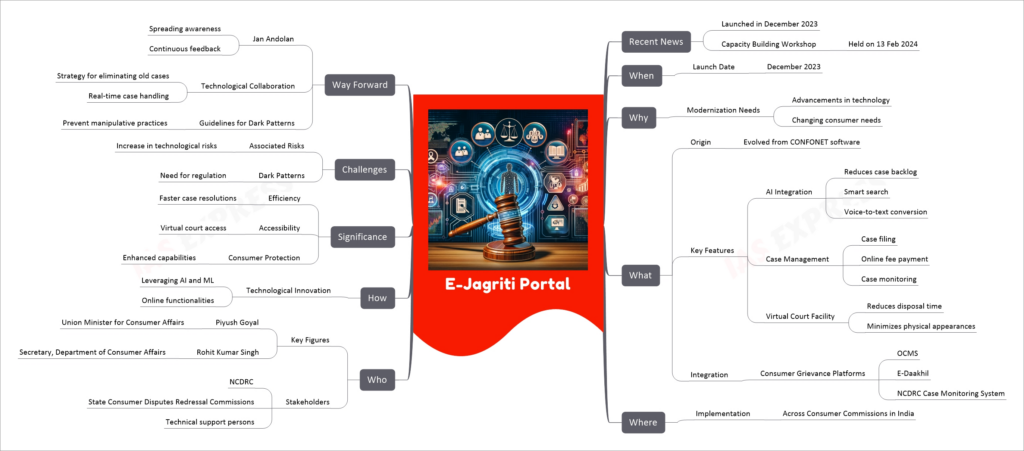
‘E-Jagriti’ is a transformative portal launched by the Indian Government’s Department of Consumer Affairs in December 2023. This portal, evolving from the CONFONET software, integrates advanced features like AI for smart search and voice-to-text conversion, enhancing consumer protection and expediting grievance redressal. It includes functionalities for case filing, monitoring, and online fee payment, alongside a virtual court system to reduce physical court appearances. ‘E-Jagriti’ aims to bring consumer grievance platforms under one umbrella, promoting efficiency and accessibility. The initiative focuses on adapting to changing technological needs, improving consumer trust, and addressing new challenges such as the risk of ‘dark patterns’ in consumer interactions.
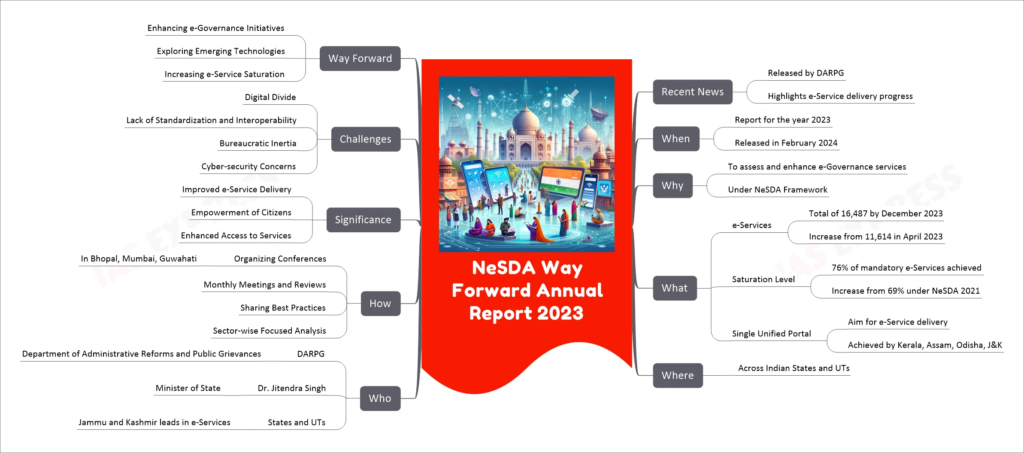
The NeSDA Way Forward Annual Report 2023, issued by DARPG, focuses on the progress in electronic service (e-Service) delivery across Indian States and UTs. It marks a significant rise in the number of e-Services provided, showcasing an increase from 11,614 in April 2023 to 16,487 by December 2023. The report emphasizes the achievement of a 76% saturation level of mandatory e-Services, up from 69% in the previous assessment. Key aspects include the adoption of e-Service delivery through Single Unified Portals by states like Kerala, Assam, Odisha, and Jammu & Kashmir. The report outlines the challenges and future directions for enhancing e-governance in India.
